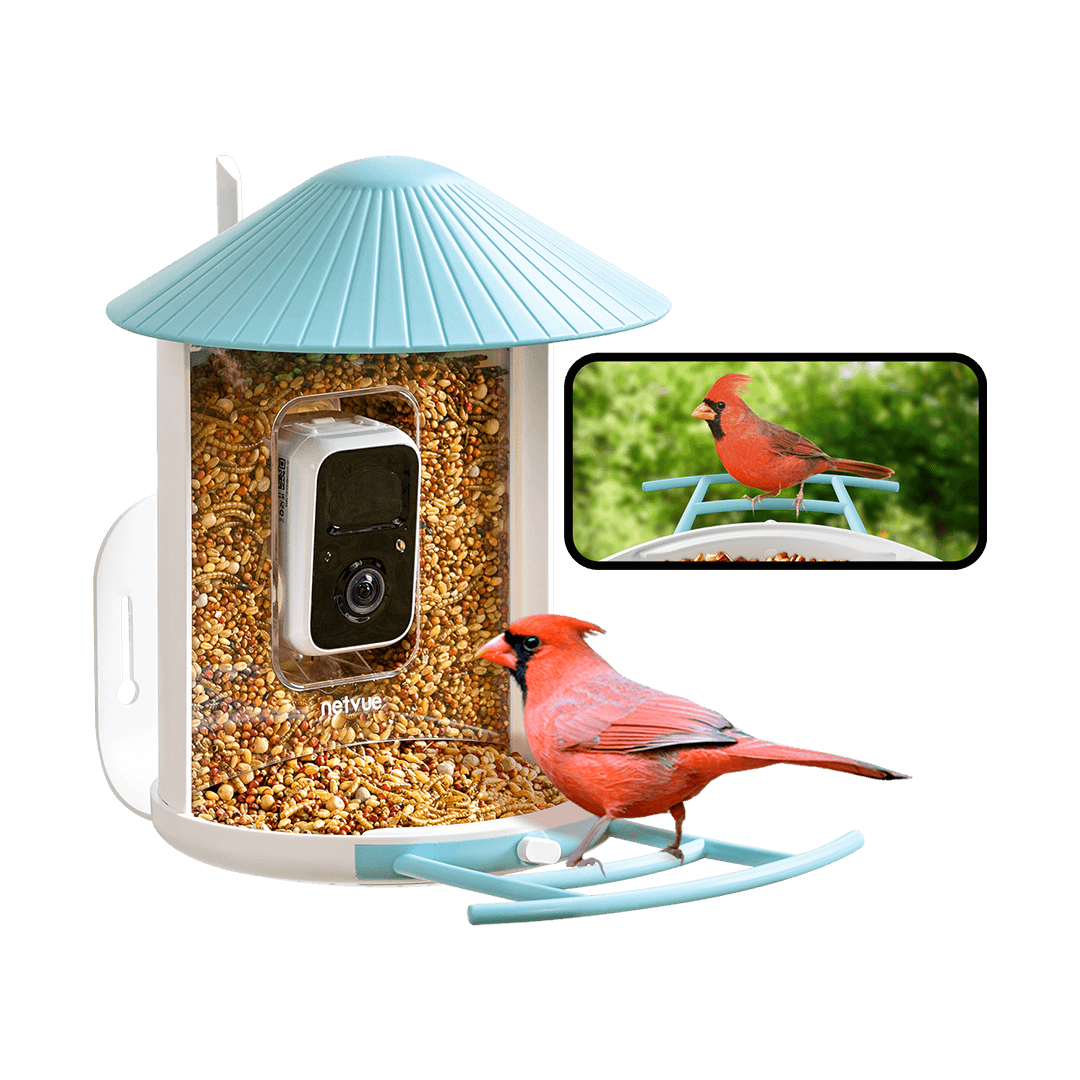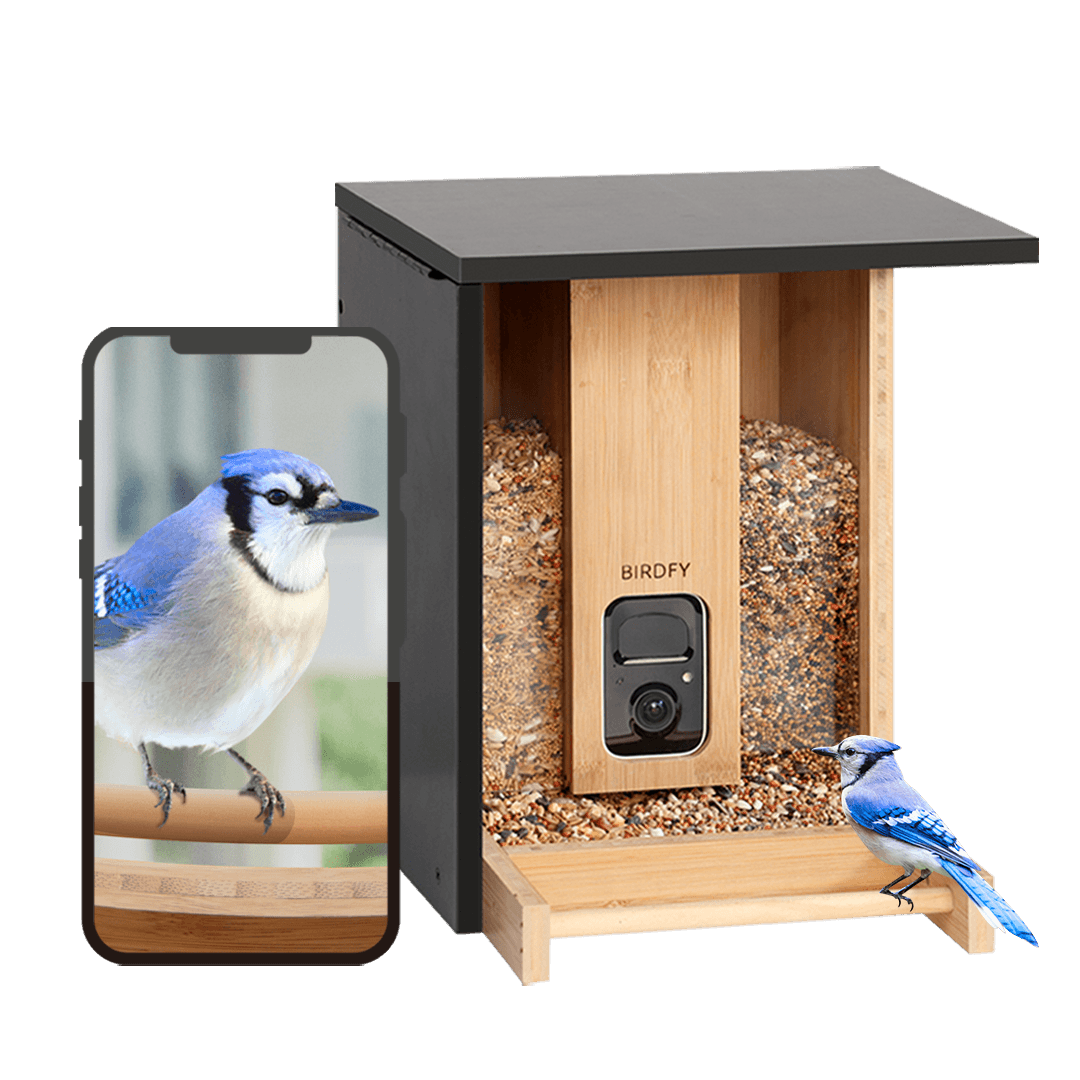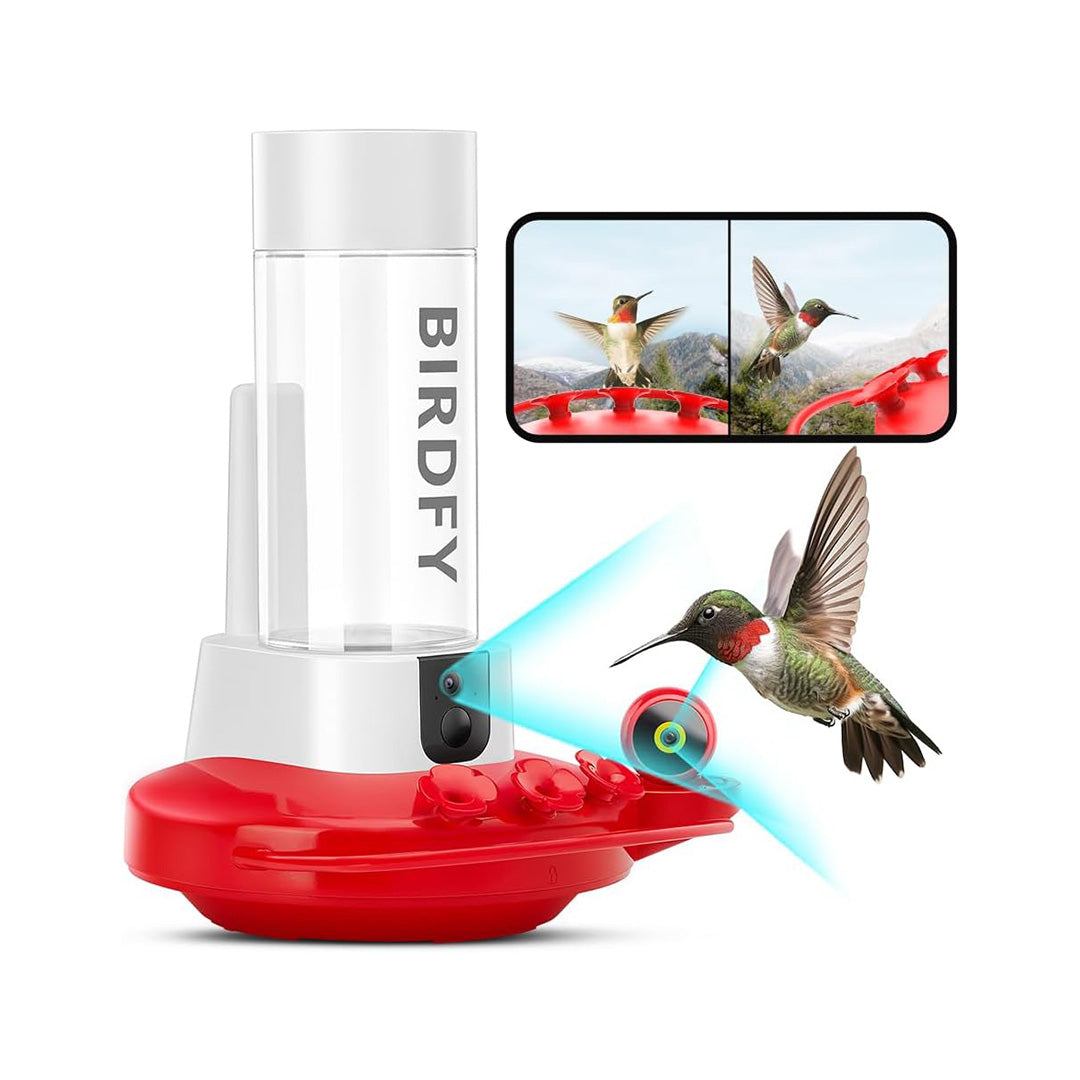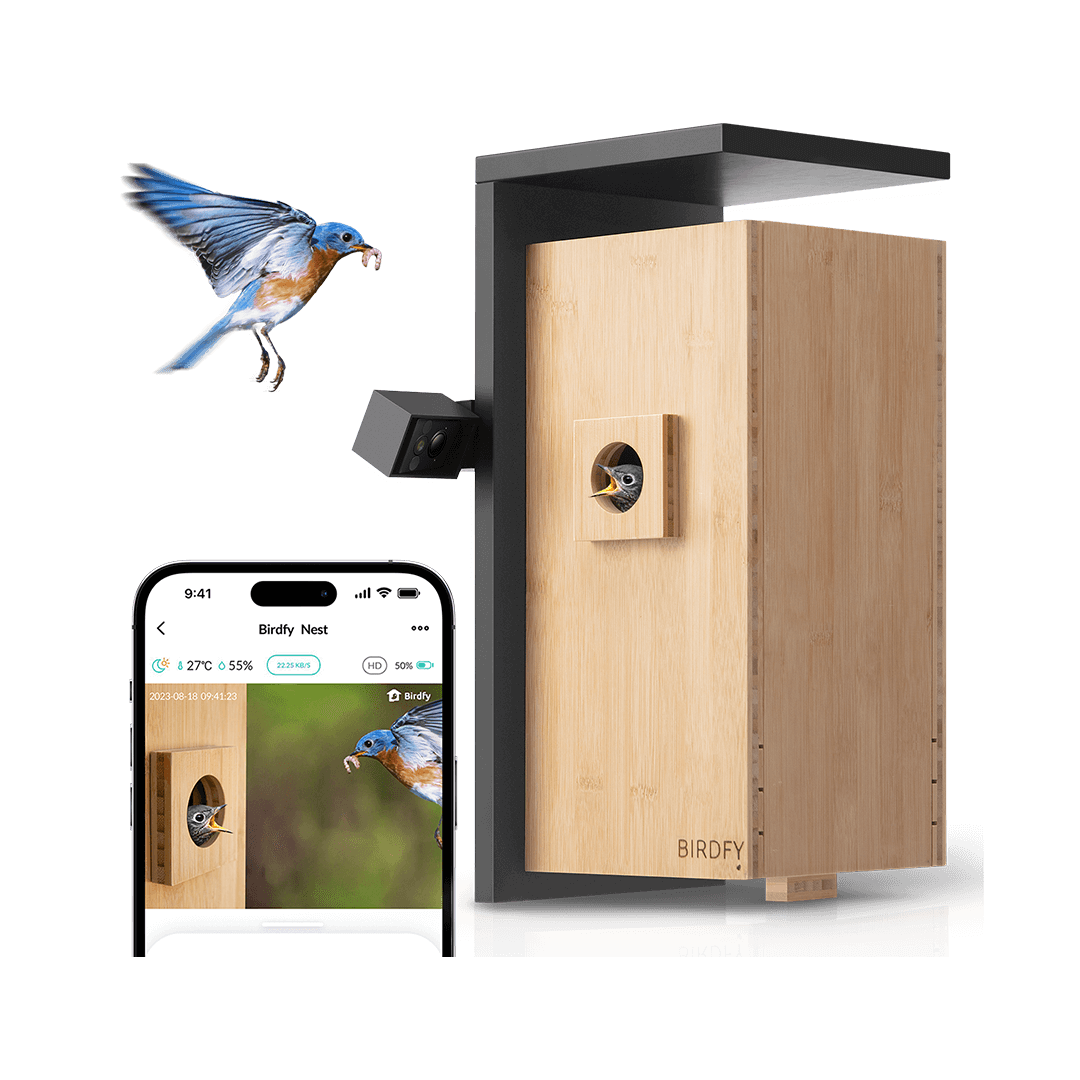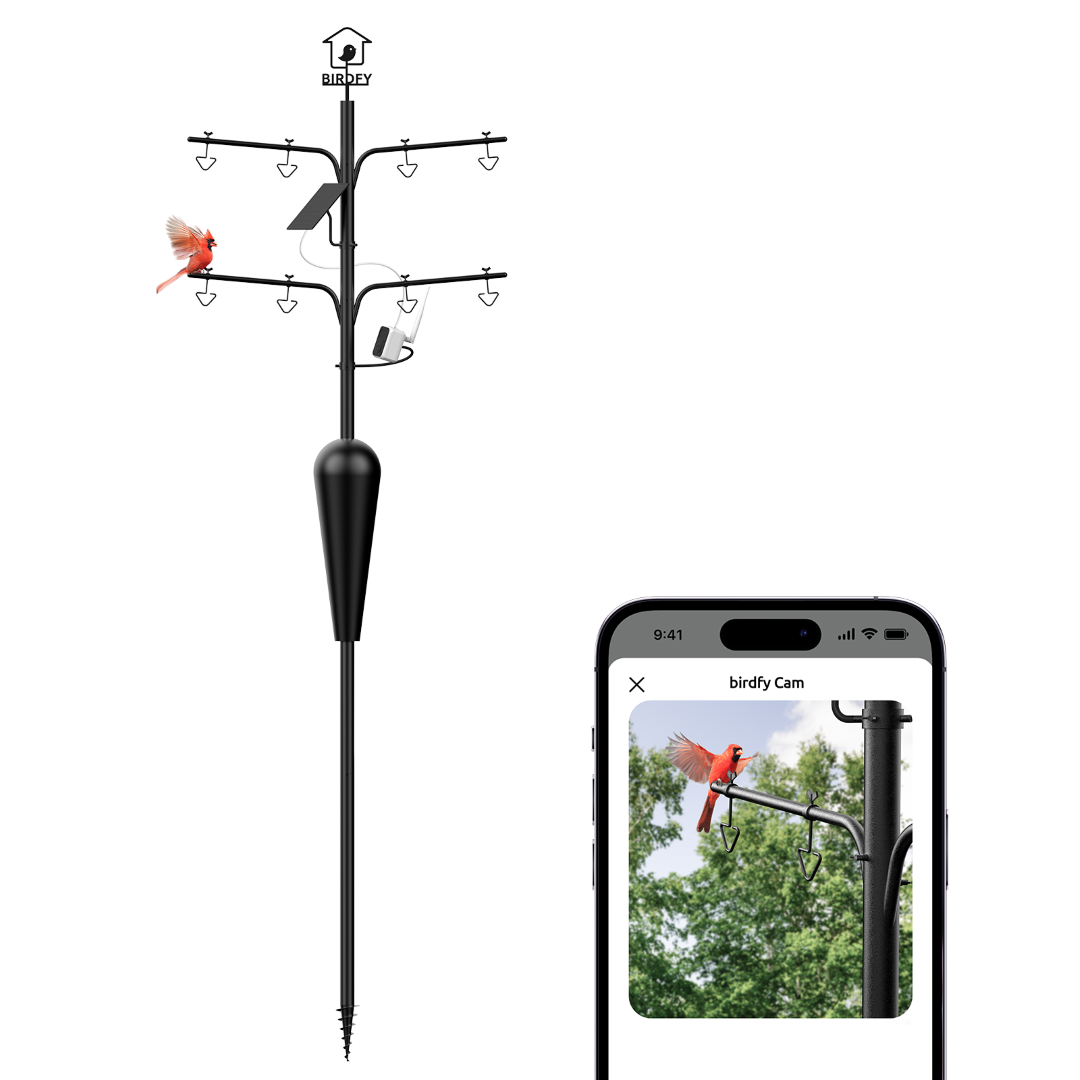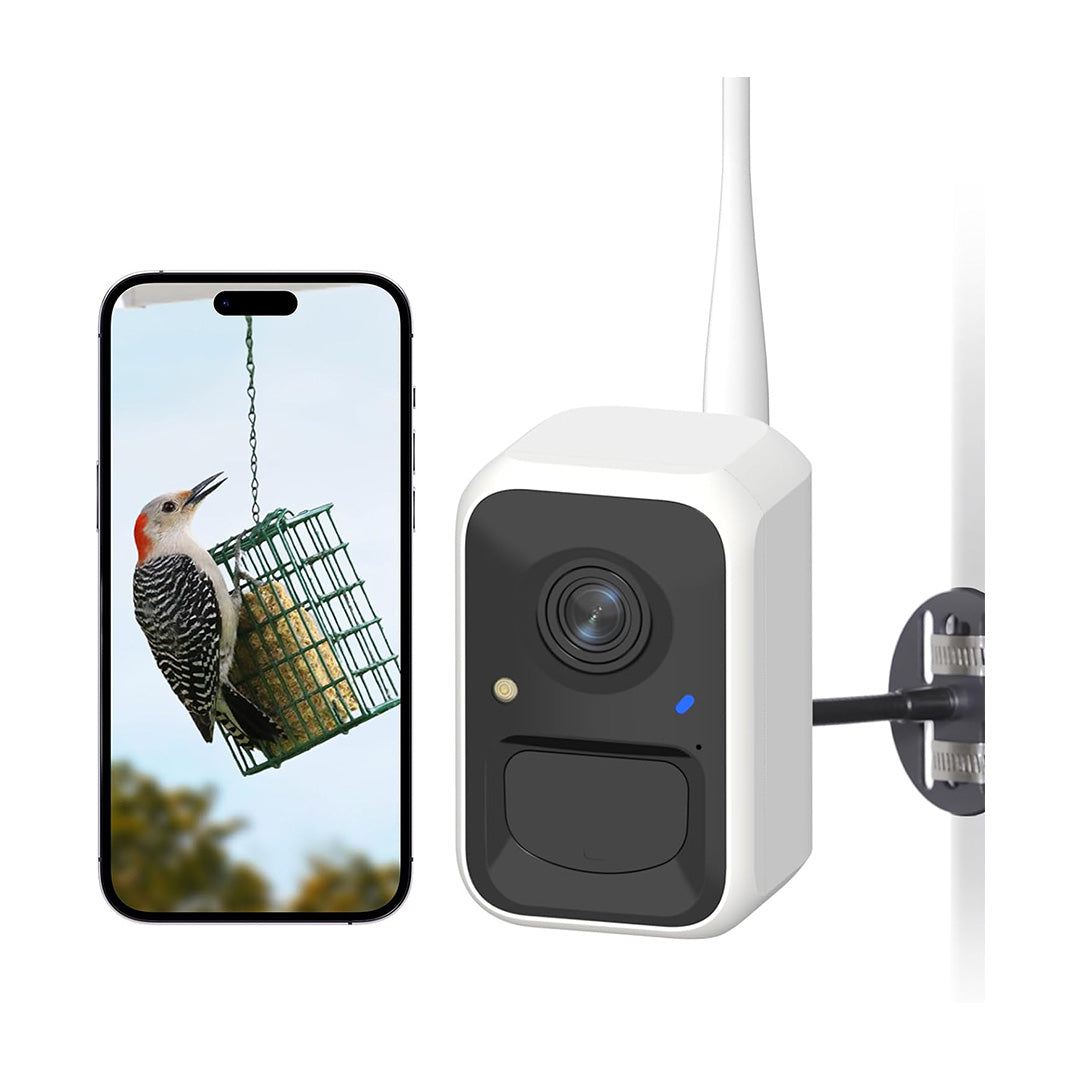Feathers and Tech: The Evolution of Bird Feeding
Bird feeding has long been a cherished activity for nature enthusiasts, providing a simple yet profound way to connect with the avian world right from our backyards. With advancements in technology, the humble bird feeder has transformed, giving rise to a new era of smart bird feeding. This article delves into the journey from traditional to smart bird feeders and offers insights into choosing the right feeder for your feathery friends.
The Charm of Traditional Bird Feeders
At its core, a traditional bird feeder serves as a sanctuary for birds to dine. Available in various designs like tube feeders, suet feeders, and platform feeders, these devices have provided sustenance to backyard birds for decades. They are celebrated for their simplicity and the way they invite a slice of the wild into domestic life. However, they come with their set of challenges, including attracting pests and the inability to cater to the specific needs of different bird species.

Why change?
For years, traditional bird feeders have been a staple in the bird-watching community and among pet owners, offering a straightforward method to feed both wild and domestic birds. However, they come with significant limitations that have led to the development and adoption of smart bird feeders:
-
Inability to Differentiate Bird Species: Traditional bird feeders cannot identify the species of visiting birds. This means they treat all birds equally, without the ability to adjust the type or amount of food based on the specific needs of different bird species.
-
Lack of Monitoring Capabilities: Traditional feeders are not equipped with any form of monitoring technology, leaving bird watchers unable to record or understand the patterns, diversity, or feeding habits of the birds visiting their feeders.
-
Bird Accessibility Challenges: For many elderly individuals or those with mobility issues, traditional outdoor birding can pose a significant challenge. Similarly, younger people may be disinclined to travel long distances for outdoor birding activities.
The challenges associated with traditional bird-watching methods have sparked a demand for solutions that make experiencing the wonders of avian life more accessible and convenient. No longer do enthusiasts need to undertake lengthy journeys or exert themselves physically to engage in bird-watching. Smart bird feeders have emerged as a beacon of innovation in this space, equipped with features like remote viewing and species identification, which democratize the joy of bird-watching, ensuring it is an inclusive activity that a wider audience can enjoy from the comfort of their own homes.

The Smart Bird Feeder Revolution
Currently, The smart bird feeder industry is an emerging sector within the broader pet and bird-watching markets. Leveraging advancements in IoT and AI technologies, smart bird feeders offer enhanced functionalities over traditional feeders, such as species recognition, pest deterrence, and remote monitoring capabilities. Despite facing challenges related to cost, complexity, and durability, the market for smart bird feeders is growing, driven by increasing interest in wildlife conservation, bird watching, and smart home integration.
Smart bird feeders incorporate cameras, AI, and mobile connectivity to overcome these challenges, providing users with the ability to monitor and interact with birds remotely, identify species, and control food distribution effectively.
Enter the smart bird feeder – a marvel of modern technology designed to enhance the bird-watching experience. Equipped with features like HD cameras, AI-powered species recognition, and real-time data collection, smart bird feeders not only nourish our feathered friends but also connect us more intimately to their world. These devices allow enthusiasts to monitor feeder visits, identify a wide range of species, and even share these encounters with a global community, all from the convenience of a smartphone.

Choosing the Right Feeder for Your Backyard Birds
When deciding between a traditional and a smart bird feeder, several key considerations come to the fore, each pivotal in tailoring the bird-watching experience to meet your expectations and lifestyle. Here’s a detailed look into these factors to help you make an informed decision.
Engagement and Interaction: Your desired level of engagement with the birds visiting your yard plays a crucial role in this choice. Traditional feeders offer a simple, passive way to support and enjoy local wildlife. In contrast, smart bird feeders elevate the experience by providing interactive features. These include species identification and real-time monitoring, inviting a deeper connection with nature through the lens of technology.
Cost Considerations: Budget is an undeniable aspect of this decision. The advanced capabilities of smart feeders, including connectivity and data analysis, position them at a higher price point. While the initial investment is greater, the value derived from enhanced engagement, learning opportunities, and the joy of discovery can justify the cost for many enthusiasts.
Maintenance and Durability: The ease of maintenance and the durability of the feeder under various weather conditions are practical concerns. Smart feeders often incorporate durable materials and designs to withstand the elements, but they may require more sophisticated care compared to traditional feeders.
For those curious about expert opinions and reviews on the Birdfy (Bird) Feeder Camera, a prominent authority in the field has shared their insights. To delve into a comprehensive review of the Birdfy camera by a leading media outlet, visit this link.It combines the inherent pleasure of bird watching with the enhanced convenience and insightful observations afforded by smart technology. Its ability to identify visiting species, alongside features that promote environmental sustainability, such as the Birdfy Feeder Bamboo, makes it a compelling choice for modern bird enthusiasts.

Conclusion
Whether you opt for the classic charm of traditional feeders or the tech-savvy allure of smart feeders, the essence of bird feeding remains unchanged - to foster a connection with nature and contribute to the conservation of our avian friends!
We encourage all bird enthusiasts to explore the possibilities presented by both traditional and smart bird feeders. By choosing the right feeder for your garden, you not only enhance your bird-watching experience but also play a vital role in supporting local bird populations. Happy bird feeding!

